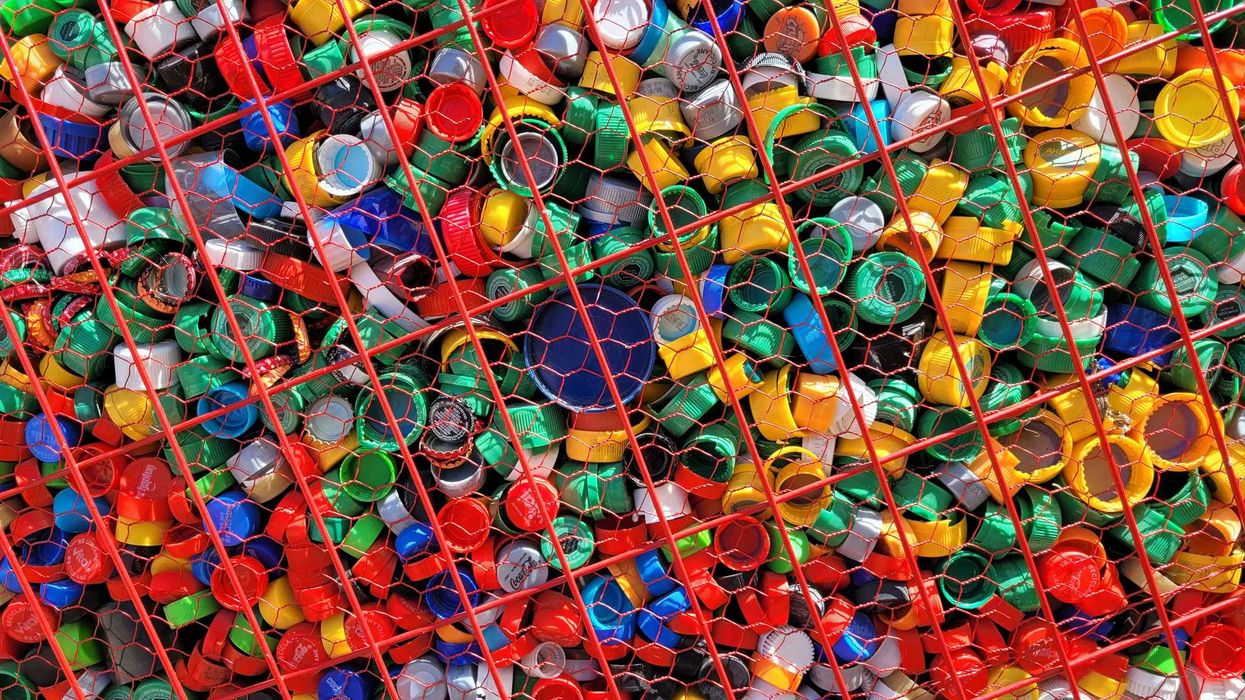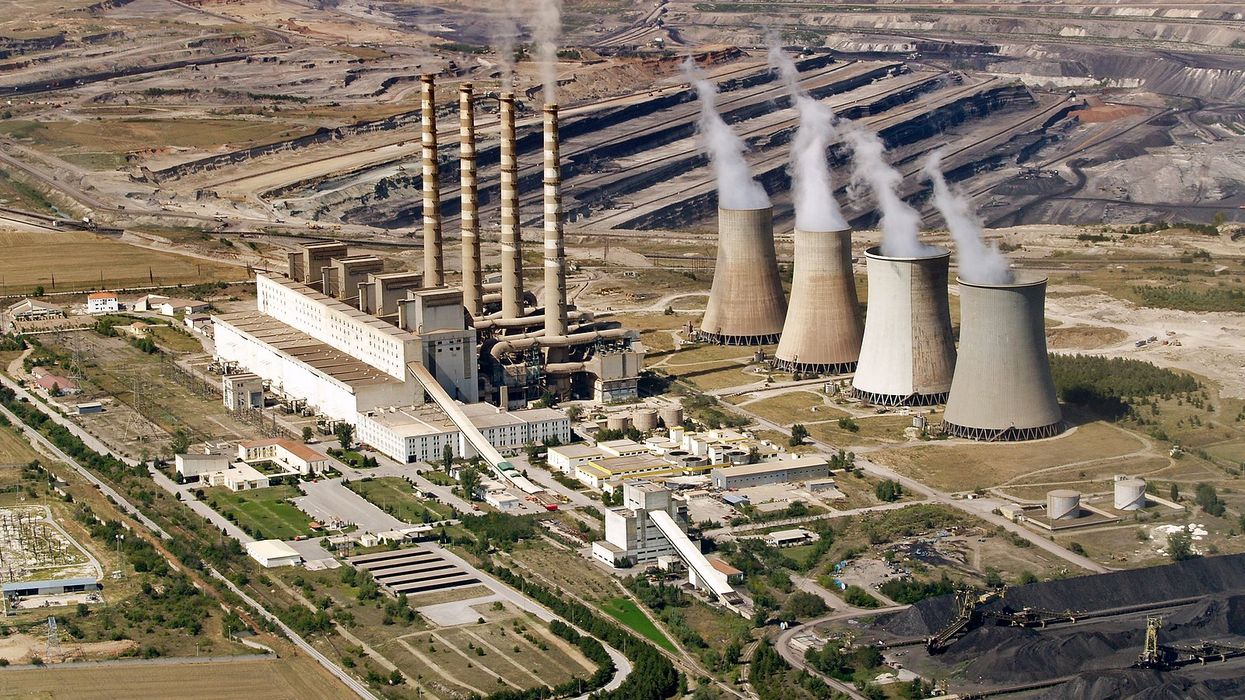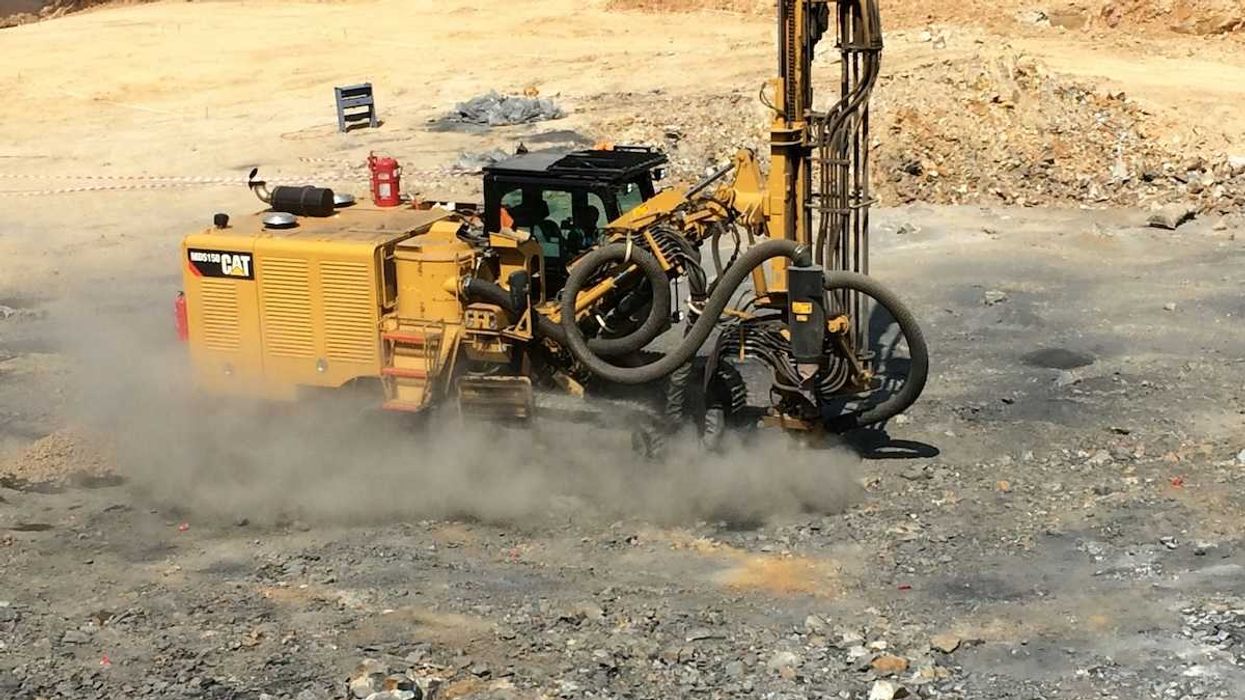A new study finds that fire retardants used in wildfire suppression may contribute to toxic metal contamination in the environment, potentially impacting human and ecological health.
Sharon Udasin reports for The Hill.
In short:
- Fire suppressants like retardants and foams contain metals including chromium and cadmium that can exceed EPA toxicity thresholds.
- Some products show high levels of toxic metals like arsenic, lead and thallium, adding to potential environmental contamination.
- As wildfires and fire suppressant usage increase, so does the risk of metal buildup in affected areas, researchers say.
Key quote:
“Wildfires are associated with the release of toxic heavy metals to the environment, but until now, it was assumed that these metals came from natural sources like soil.”
— Daniel McCurry, assistant professor of civil and environmental engineering at the University of Southern California
Why this matters:
Heavy metal contamination from fire suppressants poses long-term health and environmental risks, especially as wildfires intensify with climate change. Increased exposure to toxic metals in water and soil could affect ecosystems and communities near fire-prone areas.
Related:














